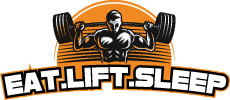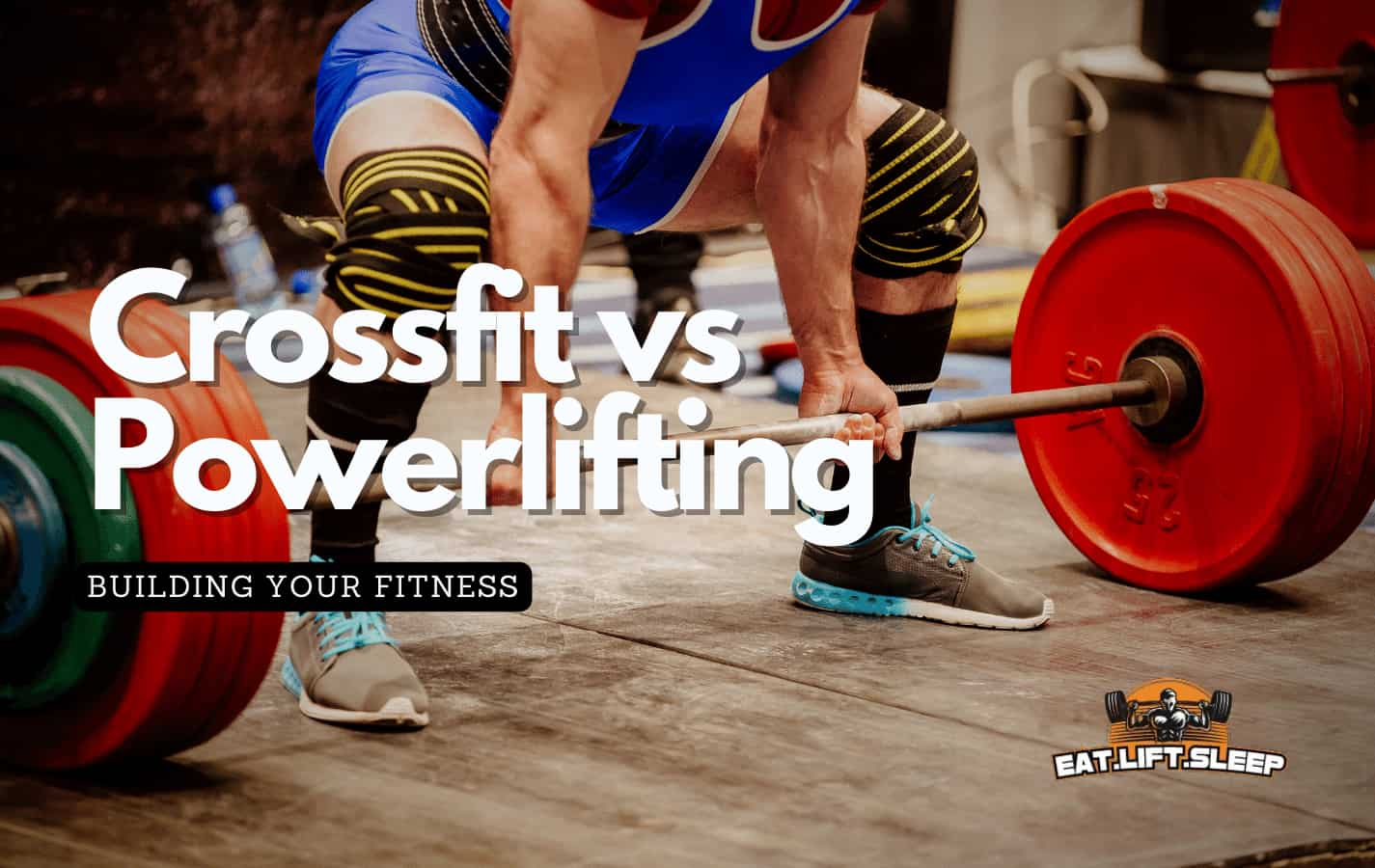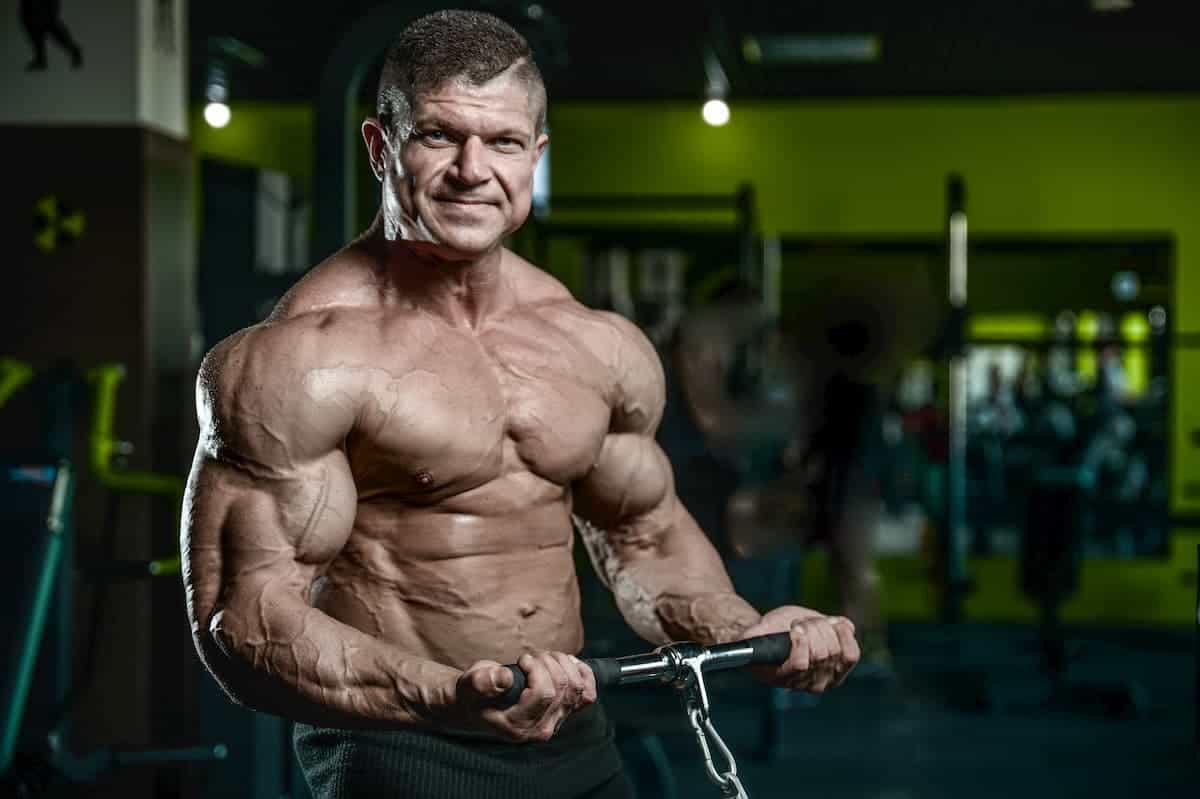When it comes to fitness, there are endless options available. However, two popular types of strength training that often come up in comparison are CrossFit and powerlifting.
Both workouts focus on building strength but approach it in different ways. CrossFit is a high-intensity workout that combines elements of weightlifting, gymnastics, and cardio. The goal is to improve overall fitness by increasing endurance, speed, agility, and strength.
Powerlifting, on the other hand, focuses solely on increasing strength through three specific lifts: squat, bench press, and deadlift. Each type of workout has its own unique benefits and drawbacks that should be considered when deciding which one is right for you.
The Basics Of Crossfit And Powerlifting
CrossFit and powerlifting are two popular forms of fitness training that have their own unique techniques and benefits.
CrossFit is a high-intensity workout program that combines weightlifting, cardio, gymnastics, and functional movements. It focuses on building overall fitness, strength, agility, and endurance.
One of the benefits of CrossFit is its ability to improve overall fitness and health. The varied workouts challenge the entire body and can help individuals lose weight, increase muscle mass, improve cardiovascular health, and enhance flexibility. Additionally, CrossFit promotes functional movements that translate into everyday activities or sports performance.
Powerlifting, on the other hand, is a strength-based sport that involves three main lifts: squat, bench press, and deadlift. It aims to build maximal strength in these specific lifts.
When it comes to powerlifting techniques, proper form is essential for preventing injuries and maximizing results. Each lift has its own technique requirements such as maintaining a neutral spine during squats or keeping the bar path straight during deadlifts. Powerlifters often use accessories like lifting shoes or belts to assist with form or add extra support when lifting heavier weights.
In contrast, CrossFit exercises require good technique as well but focus more on speed and intensity rather than maximal weight lifted.
Overall, both CrossFit and powerlifting offer unique benefits for individuals looking to improve their fitness level or reach specific goals. While powerlifting may focus more on building maximal strength in specific lifts with proper technique and accessory use, CrossFit emphasizes overall fitness through varied workouts incorporating multiple movements at high intensity levels with an emphasis on functional movements.
Differences In Training Approaches
Training for crossfit and powerlifting requires different approaches. Like two ships sailing in opposite directions, each requires its own unique navigation and crew.
The training methods used in crossfit are akin to a stormy sea, where the athlete must be prepared for anything that comes their way. Powerlifting, on the other hand, is more like a calm lake where the athlete must focus on building strength through specific movements.
Periodization techniques are essential in both crossfit and powerlifting. Crossfitters need to prepare for a wide range of physical challenges, so they use periodization to train for different energy systems throughout the year. Powerlifters use periodization to peak at specific times during a competition season.
Recovery methods also differ between the two sports. Crossfitters are known for their high-intensity workouts which require more rest and recovery time than powerlifters who can often lift heavy weights with longer breaks in between sets.
Incorporating accessory exercises is another area where crossfit and powerlifting diverge. Crossfitters regularly incorporate accessory exercises into their training to improve weaknesses and prevent injury. In contrast, powerlifters primarily focus on the three main lifts – squat, bench press, and deadlift – with minimal accessory work.
Competition preparation is also different between the two sports. Crossfitters often participate in local competitions throughout the year while powerlifters typically focus on one or two major competitions per season.
Ultimately, it’s important to remember that crossfit and powerlifting are distinct sports with unique demands on the body and mind. Athletes should choose a training approach that aligns with their goals and abilities while also incorporating proper periodization techniques, recovery methods, accessory exercises, and competition preparation strategies.
Crossfit: Endurance, Speed, Agility, And Strength
While powerlifting focuses on maximal strength in three main lifts, CrossFit aims to improve overall fitness through a combination of endurance, speed, agility, and strength training. This difference in training approaches also leads to differences in workout intensity.
CrossFit emphasizes overall fitness rather than just maximal strength.
CrossFit incorporates functional fitness movements into its workouts.
CrossFit workouts are designed to be constantly varied and challenging.
CrossFit workouts are typically performed at high intensity and for time.
Powerlifting workouts, on the other hand, focus on progressively increasing weight in the three main lifts: squat, bench press, and deadlift. While these exercises may also be performed with high intensity, the goal is more centered around lifting heavier weights rather than completing a certain number of reps as quickly as possible.
Overall, while both powerlifting and CrossFit prioritize strength training, they differ in their approach to achieving this goal. Powerlifting focuses on maximal strength in specific lifts while CrossFit emphasizes functional fitness and improving overall physical abilities through constantly varied and challenging workouts. The intensity of these workouts also differs between the two styles of training.
Powerlifting: Focusing On Three Specific Lifts
Powerlifting is a strength sport that focuses on three specific lifts: the squat, bench press, and deadlift. These lifts are performed with heavy weights and proper form is crucial to avoid injury. Powerlifters train specifically to increase their one-repetition maximum (1RM) in each lift.
In competition, powerlifters are judged based on the amount of weight they can lift for each of the three lifts. The rules of competition require each lifter to perform three attempts at each lift, with the highest successful attempt counting towards their total score. Proper form is closely monitored by judges to ensure that lifts meet specific criteria such as depth in the squat or pausing at the chest during the bench press.
Training for powerlifting requires a focus on strength development and technique improvement for all three lifts. Many powerlifters also incorporate accessory exercises to strengthen supporting muscles and improve overall performance.
With dedication and hard work, powerlifters strive to continuously increase their 1RM in each lift, ultimately leading to success in competition and personal accomplishment outside of it.
Pros And Cons Of Crossfit
CrossFit has a lot of benefits that attract many people to this fitness program. One of the most notable advantages is the sense of community that one can find in CrossFit gyms. Participants often form close bonds and offer each other support and encouragement during workouts. This community aspect can be especially beneficial for those who are new to fitness or who are looking for a more engaging workout experience.
However, there are also some drawbacks to CrossFit that should be considered. One concern is the risk of injury. Because CrossFit involves high-intensity exercises performed at a fast pace, it’s important to be mindful of proper form and technique to avoid injuries. Fortunately, many CrossFit coaches prioritize injury prevention and will work with participants to ensure they’re using proper form during workouts.
Overall, while there are pros and cons to CrossFit, it’s clear that this fitness program has gained a dedicated following thanks in large part to its strong sense of community and varied workout routines.
For those who prioritize being part of a supportive fitness community over individual workout goals, joining a local CrossFit gym could be an excellent fit. Just remember to take steps to prevent injury by working closely with coaches and prioritizing proper form during workouts.
Pros And Cons Of Powerlifting
As the saying goes, ‘with great power comes great responsibility.’ This holds true for powerlifting, a sport that requires immense strength and dedication. Powerlifting is not just about lifting heavy weights; it involves intense training, strict dieting, and unwavering discipline.
While there are several benefits to this sport, there are also some drawbacks that one must consider before delving into it.
- Builds Strength: Powerlifting focuses on three main lifts – squat, bench press, and deadlift – which help build overall strength.
- Boosts Confidence: As you see yourself getting stronger and lifting heavier weights over time, your confidence increases.
- Improves Bone Density: Lifting heavy weights can increase bone density and reduce the risk of osteoporosis.
Drawbacks of Powerlifting:
- Risk of Injury: With heavy weights comes an increased risk of injury if proper form is not maintained or if you push yourself too hard.
- Can be Expensive: Powerlifting requires specialized equipment such as weightlifting shoes, belts, knee sleeves, etc., which can add up in expenses.
- Limited Scope: Unlike Olympic weightlifting which involves more movements and variations, powerlifting mainly focuses on three lifts.
Comparing powerlifting to Olympic weightlifting:
While both sports involve lifting heavy weights, they differ in their focus and approach. Olympic weightlifting involves two lifts – the snatch and the clean and jerk – which require speed, technique, and explosive power. In contrast, powerlifting focuses on maximum strength in three lifts. Olympic weightlifters often have a more varied training routine with different types of lifts involved.
In conclusion (Oops! Sorry!), powerlifting is a challenging but rewarding sport that requires dedication and discipline. While there are benefits to building strength through these three main lifts, there are also some drawbacks to consider such as the risk of injury or expense involved.
Comparing it to Olympic weightlifting shows that both sports have their unique approaches and focus areas. Ultimately, it’s up to you to decide which sport aligns with your goals and interests.
Choosing The Right Workout For You
After learning about the pros and cons of powerlifting, you may be wondering if it’s the right workout for you. While powerlifting is great for building strength and muscle mass, it requires a significant time commitment. You’ll need to dedicate several hours each week to training and recovery.
If you’re looking for a workout that’s less time-consuming, crossfit may be a better option for you. Crossfit combines weightlifting, cardio, and gymnastics into a high-intensity workout that can be completed in under an hour. This makes it easier to fit into your busy schedule.
Another factor to consider when choosing between crossfit and powerlifting is cost comparison. Crossfit classes are typically more expensive than gym memberships or home workouts, but they often come with personalized coaching and a supportive community. Powerlifting can also require expensive equipment, such as barbells and weight plates, if you choose to train at home.
Ultimately, the decision between crossfit and powerlifting comes down to your goals and preferences. Consider how much time and money you’re willing to invest in your fitness journey and which type of workout aligns best with your values.
With dedication and consistency, both crossfit and powerlifting can help you achieve your fitness goals.
Will CrossFit or Bodybuilding Give Me Better Results in Terms of Muscle Building?
When it comes to muscle building, the debate of crossfit vs bodybuilding for better results has been ongoing. CrossFit focuses on functional movements and high-intensity workouts, while bodybuilding emphasizes specific muscle groups through resistance training. Ultimately, the choice depends on individual goals and preferences. Both options can lead to excellent muscle gains if applied consistently and supported by a well-rounded nutrition plan.
Conclusion
In conclusion, both CrossFit and powerlifting offer unique benefits and drawbacks that should be considered when choosing a workout routine.
CrossFit offers a well-rounded approach to fitness, combining endurance, speed, agility, and strength training. However, it can also lead to overtraining and injury if not done correctly.
Powerlifting, on the other hand, focuses on three specific lifts and can lead to impressive gains in strength but may neglect other aspects of fitness.
So how do you choose which workout is right for you? Consider your personal goals and preferences. Do you want to improve overall fitness or focus on building strength in specific areas? Are you willing to push yourself to the limit or do you prefer a more controlled approach?
Asking these questions can help guide you towards the best fit for your lifestyle and fitness goals. Ultimately, the key is finding a routine that challenges you while also being enjoyable and sustainable in the long term.





